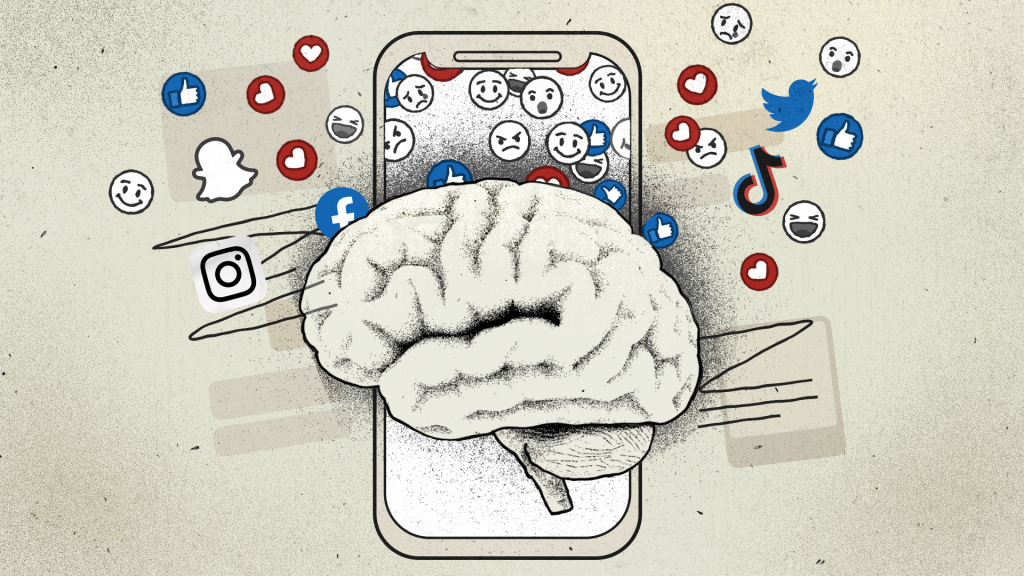Posted inAstronomy
What Is Inside the Moon?
It's time to say goodbye to the myth that the Moon is made of cheese. Recent scientific research has revealed what really lies at the heart of our celestial neighbor, and it's not dairy. A team led by astronomer Arthur Briaud has confirmed that the Moon's inner core is a solid ball with a density akin to iron. This significant discovery reshapes our understanding of the Moon's internal structure and its evolution.
Using acoustic waves generated by moonquakes, the researchers demonstrated the existence of the Moon's solid inner core. Their findings support the global mantle overturn theory, suggesting that the Moon's internal layers have undergone substantial reconfigurations throughout its history, especially during the first billion years of the solar system. These insights could help scientists better understand the timeline of the lunar bombardment and the Moon's relationship with Earth.







